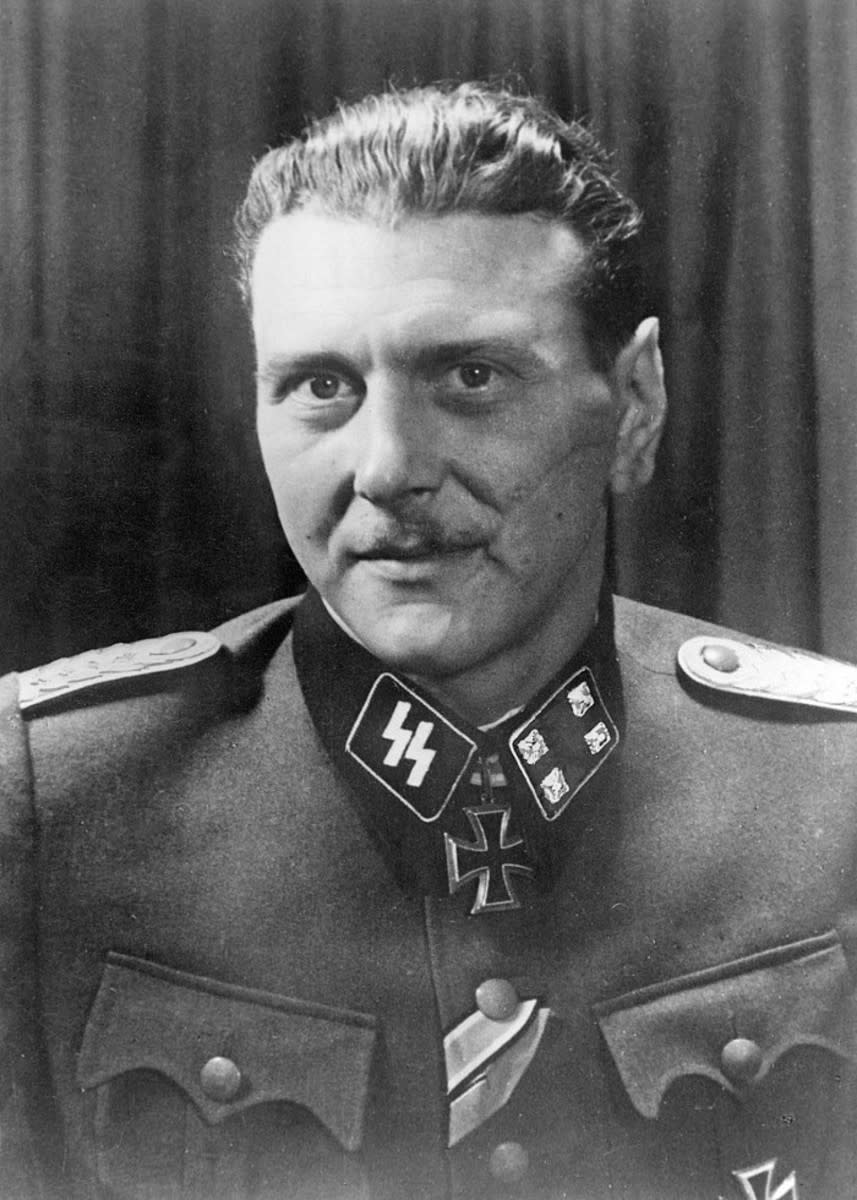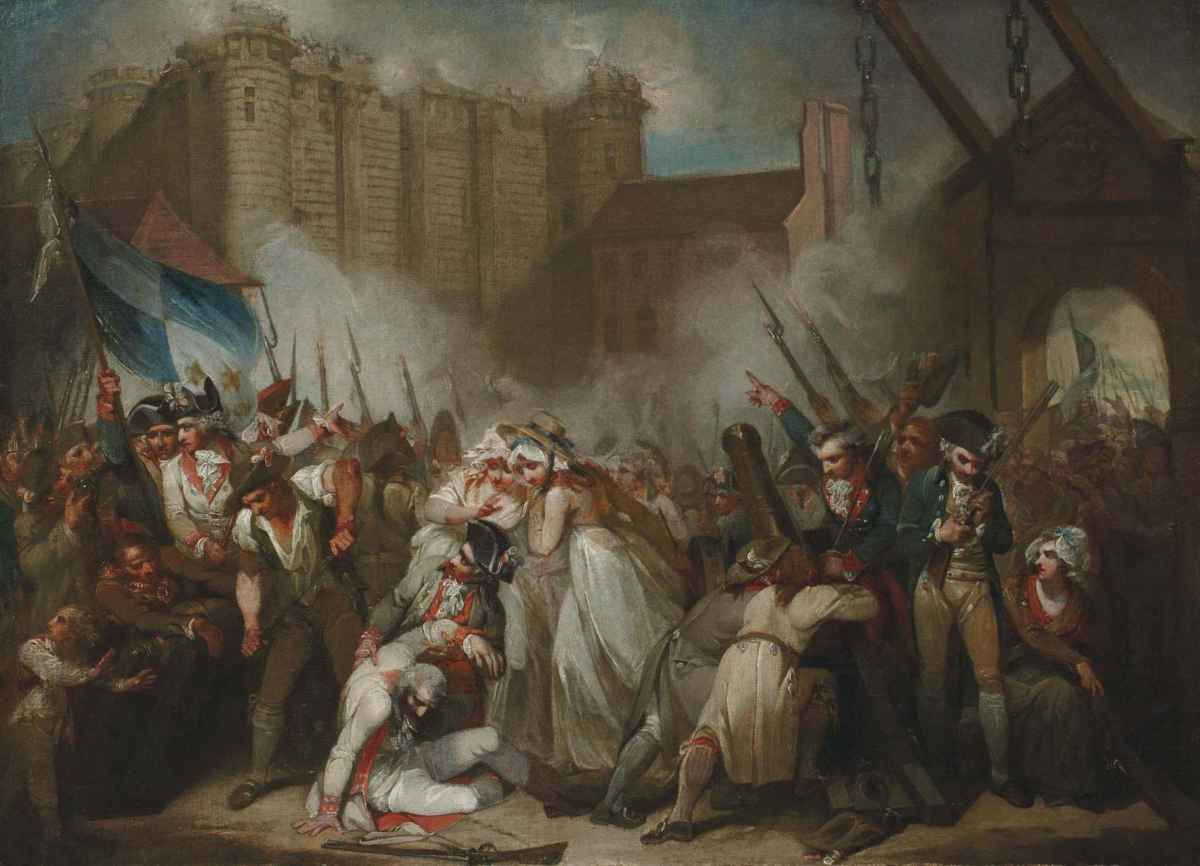Two famous royal marriages from history
Contents.
Royal marriage in the past.
The marriage of George Prince of Wales to Caroline of Brunswick.
The marriage of Princess Victoria of Great Britain to Prince Frederick William of Prussia.
In memory of a very happy occasion.
The good and bad of royal marriages.
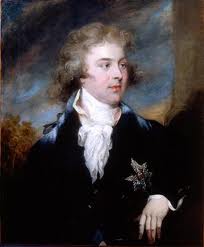
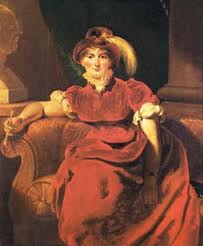
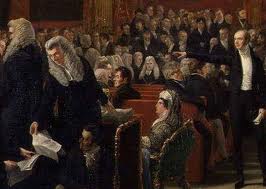
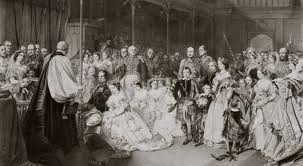
Royal marriage in the past.
With the Royal Marriage of Prince William and Kate Middleton recently performed, my mind is drawn back to royal marriages in the past, from the, almost unending, succession of brides that King Solomon wed, to the marital diarrhoea shown by Henry VIII, and the rather more sedate love and lust displayed to the world by Victoria and Albert.
Some of these couplings resulted in happy marriages, producing loads of children; and others brought nothing but misery, and sometimes death, to one or both parties to the arrangement; the marriage of Sophia Dorothea of Celle to Elector George Of Hanover, (later George I of Britain), being an example of the first,(she spent most of it locked up for adultery); and the marriage between Sophia of Anhalt Zerbst and Peter III of Russia, representing the second. She deposed him, and became Empress Catherine II; and he got murdered by her lover.
However it is not an account of either of these dramatic gallops down the street of marital strife that I wish to give you today. Rather do I want to remind my reader of two more recent royal marriages, one of which has left us with a fashion for some rather splendid marital music, and the other is remembered for the fact that the bride smelled of body odour, and the groom was drunk throughout the ceremony.
If you like "off the wall" comedy, you will LOVE this book
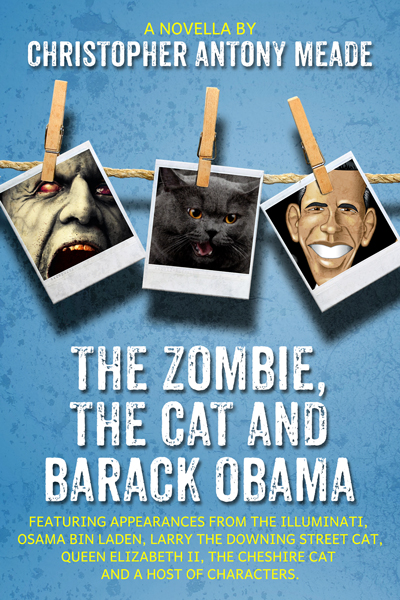
The marriage of George Prince of Wales to Caroline of Brunswick.
George Prince of Wales was the eldest son of King George III of Great Britain. He later became Prince Regent and then King George IV. In his youth he was known for his good looks, and his charm and manners. His nickname was "the first gentleman of Europe". His father, The King, and his mother Queen Charlotte, were very loving parents to their sixteen children. But, unusually for the latter part of the eighteenth century, they were respectably sober, and rather staid, with a stable and enduring marriage.
Their eldest son was quite the opposite of his parents. He loved to gamble, and party, and generally enjoy himself. He also had the knack of getting himself involved with the most unsuitable of women. Once his father had to spend quite a sum in order to buy back some very compromising letters that the young prince had written to an actress. The result of all these shenanigans was that father and son were on very bad terms. The prince even went so far as to support the political opposition in order to get up his "pater's" nose.
In 1788, when the king was very ill, the prince's friends campaigned very strongly for a regency for him. Only the timely recovery of his father scotched that idea.
As if gambling and consorting with loose women were not enough, Prince George had done something that would have destroyed his chances of succeeding if it had come out. He had contracted a marriage, and with a most respectable woman at that. He was in love with her, and stayed in love with her for the rest of his life. But she couldn’t have been more unsuitable.
Maria Fitzherbert was a catholic. It has been a rule within British royalty that marriage to a catholic disbars from the succession. This dates from the wars and revolutions of the seventeenth century, when it was feared that catholic influence in the royal family might affect the protestant religion of the country. In George's day it was almost a mania. It was only a few decades since the country had been invaded by the armies of the Stuart (catholic) claimant to the throne.
But Maria decided that she did not want to be a royal mistress, so accordingly they were married in a very quiet ceremony, which would not have had the force of law behind it, as members of the royal family could not get wed without permission from The King.
Things went on pretty smoothly for a while, but the spendthrift prince got into enormous debt, and with the bailiffs almost knocking on his door, there was no alternative but to come to some sort of accommodation with his father, and the only way to do that was to get married, (Legally this time). If he would do that, Parliament would pay off his creditors. To this marriage arrangement, the prince agreed.
It just remained to scour Europe for a suitable, (protestant), princess.
Princess Caroline of Brunswick seemed to tick all the boxes. The wedding was arranged, and some envoys were sent to bring her back to England to marry her prince. It was privately noted by the embassy that the princess was rather loose in her manners, and that she rarely washed or changed her clothes. To her credit, she was said to be very brave.
Neither she, nor her intended, had ever met each other before.
When they met, she noted that he was rather fatter than he had been represented. He called for a large brandy to get over the shock.
The bridegroom was drunk throughout the wedding ceremony, and his new wife reported that he spent most of the wedding night asleep under the fireplace. They must have done "it" at least once however, for nine months later Caroline gave birth to Princess Charlotte. This was the only legitimate child that George IV ever had.
After the birth the couple separated permanently. Caroline lived in a house in the suburbs, and later on she went into exile in Europe. Her relationship with her chamberlain, called Pergami, was probably more than just employer and employee. You can’t really blame her if she did grab a bit of fun. Her marriage never gave her any.
There was a farcical ending to this story. In 1820 George eventually became King. Caroline rushed back from Europe to claim her rights as Queen. But the new king didn’t want her. The sensation of the first year of the reign of King George IV was "the trial of Queen Caroline". This was an investigation mounted in Parliament to enquire into the conduct of Caroline when she was abroad. It split the country, with most of the people backing the queen against a very unpopular George.
A bill was passed in The House of Lords stripping her of all her titles, but there was no chance of it being passed in The Commons, so she remained officially Queen.
On the day of the coronation Queen Caroline turned up at Westminster Abbey, demanding to be crowned, but she was refused entrance. The people, who were getting a little tired of her by this stage, booed her.
A couple of months later she died. There were riots during her funeral procession, when the authorities tried to route it away from the centre of London, and the crowds objected. The guard of honour fired at the people. One person was killed.
She was buried in Brunswick Cathedral. The inscription on her tomb reads,
"Here lies Caroline, the Injured Queen of England."
In memory of a very happy occasion.
The marriage of Princess Victoria of Great Britain to Prince Frederick William of Prussia.
Go forward to the middle years of the nineteenth century, and we come to a much happier marriage. Princess Victoria was the eldest child of those royal lovebirds, Queen Victoria and Prince Albert. Prince Frederick William was the heir to the premier kingdom in Germany, Prussia.
Prince Albert was a very clever man, who had a dream of extending British ideas of constitutional reform to his native country. Since he was German, he considered that the best way of achieving his laudable aim would be if his very intelligent daughter could be married to the very liberal minded Frederick William of Prussia.
Things had moved on a little way from the time of George and Caroline. It was no longer considered suitable for princes and princesses to get engaged before they even met. The prince was invited to holiday in Britain, and during a stay at Balmoral Castle he proposed marriage, and was accepted. The couple had a lot of interests in common, and were soon very much in love.
There were some problems however before the marriage. The first one was the insistence by The Prussian Royal Family that Victoria should be married in Berlin. Queen Victoria soon put a stop to that notion.
"I don’t care what the custom is in Prussia" she said, "but it is not every day that one gets to marry the eldest daughter of The Queen of England"
So the nuptials were held in London. The ceremony is chiefly remembered for being the first wedding at which Mendelssohn’s Wedding March was played. This composer was a particular favourite of the bride, and her mother.
When the couple returned to Prussia, the new wife was less than uniformly popular with her new countrymen and women. The conservative Prussians were not at all attracted to the liberal ideas of their crown prince, and his new bride. Politically they were very isolated.
Their eldest son, who became Kaiser Wilhelm II, (of First World War fame), was very much of the old school, and he despised the views of both his parents.
In 1870 The German Empire was founded, and Victoria and Frederick William were destined to rule all of Germany. But tragedy was to intervene to spoil their plans.
The Emperor William I died in 1888, but Frederick William was seriously ill with throat cancer. He only survived as Emperor Frederick III for a few months. He was succeeded by his volatile and unpredictable son, who managed to unravel all those dreams of freedom and friendship amongst nations, which had been the cherished ambition of his parents.
Victoria lived on for another thirteen years. She died of breast cancer in 1901, the same year that her mother finally went to her rest. On her death, her home was surrounded by the soldiers of her son, because the ever suspicious Wilhelm thought that his mother might be spying for England. As it happened he was "shutting the stable door after the horse had bolted", for such private papers that she had possessed, were smuggled out of the country a few months previously, during the farewell visit of her brother, King Edward VII of Britain.
So here we have two examples of royal marriages from history. Let us hope that William and Kate are blessed with the love of the latter couple, and are spared the fireworks of the former.

